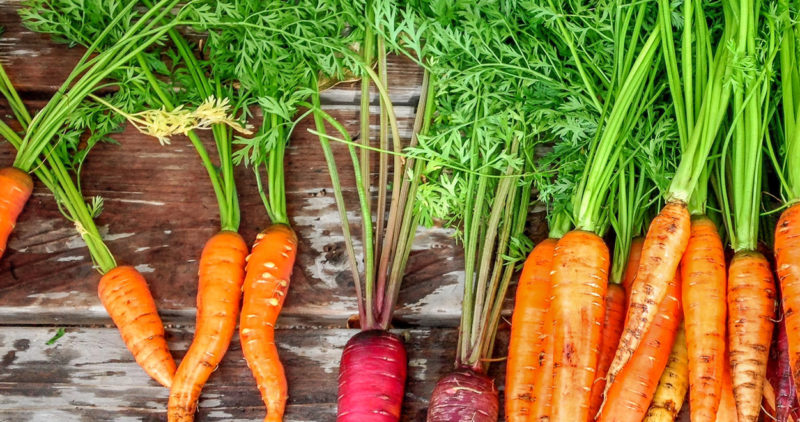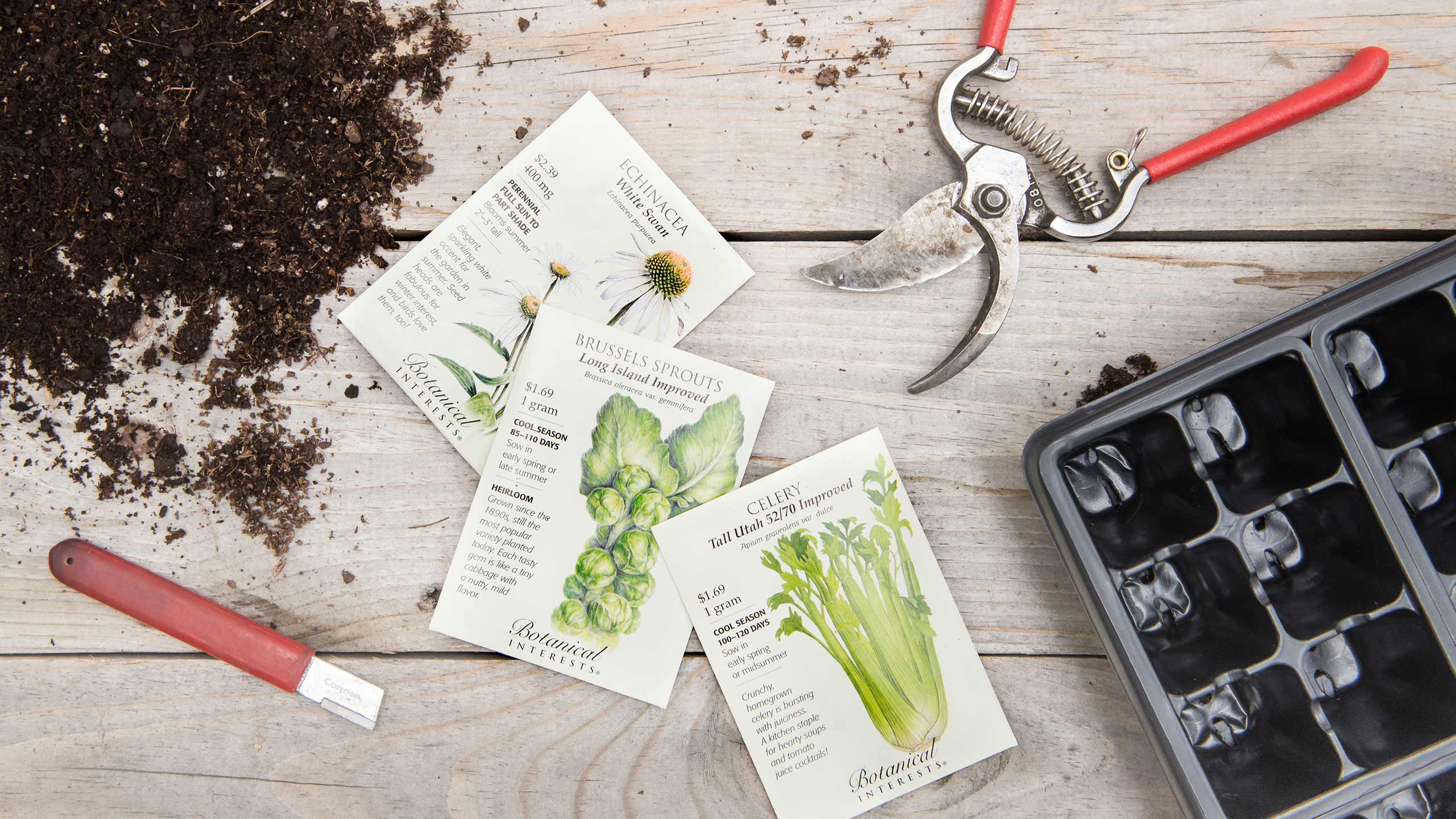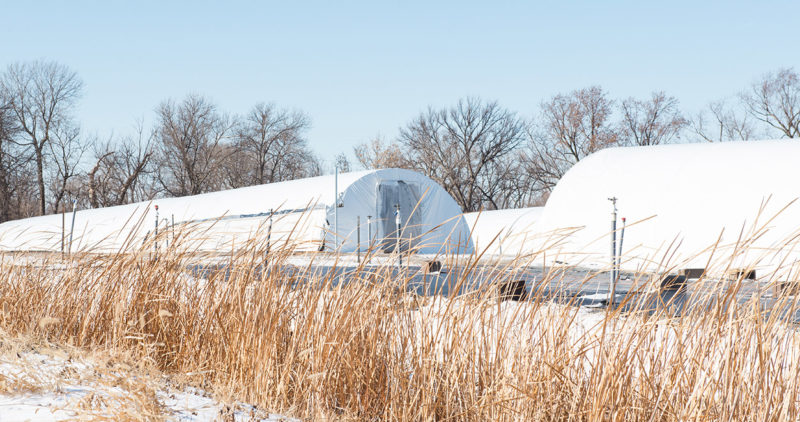
For those of us who enjoy spending time outside in our gardens and landscapes, the winter months can seem to drag on forever. But, gardening and landscaping isn’t only a physical pursuit – so much that goes into successful and beautiful plantings involves creativity, careful planning, getting supplies ready, and learning more about our gardens too. So, while the temperature outside keeps everything from growing, there’s still plenty that can be done in the winter months to get you – and your garden – ready for spring. Here we have some favorites to share from our winter gardening to-do list.

Find New Inspiration
When the ground is frozen and we can’t be outside to work with living plants, perusing the pictures in garden books, magazines, or your favorite gardening websites is one way to get your garden fix as you wait for spring. As you browse through new design ideas or all the planting possibilities, let your mind play among all the possibilities. Ask yourself questions like: What new colors would I like to see this year? Should I use a different thriller in the front containers? Is this the year I finally try canning Grandma’s famous sweet pickles? Which native tree should we plant to replace the one we took out last year? Don’t worry if your list gets long or a little out there – just brainstorm – there’ll be time to whittle your ideas down later.
Start a Garden Journal
To help organize all your ideas, consider starting a garden journal. Plant Care team member Terri Loewens says a garden journal is one of the best resources we can use to organize our thoughts and make plans for each gardening season. You can use it to brainstorm new ideas, gather gardening research, as well as record what’s taking place in your garden throughout the season – bloom times, weather events, fertilizers you used. You’ll definitely want to record the date when that one rotten pest showed up to destroy your favorite flowers – that way you can plan to catch it sooner next year. And in the middle of the summer, you might think you’d never forget the name of that new begonia that produced those incredible blooms. But maybe you’ll be glad to find it there in your garden journal when, next year, it’s completely slipped your mind.
A garden journal can take several forms. Maybe it’s a simple notebook where you sketch out project ideas, record the names and impressions of the plants you’ve grown, or make a list of new plants you’d like to try. Maybe in addition to your sketches and notes, your journal has a space to file plant tags, seed packets, or magazine pages to keep for reference. Or maybe your journal takes a digital form on your phone – full of photos. Terri suggests taking photos of the plants in our veggie gardens, landscapes, and containers every few weeks from the first signs of life in the spring through the end of the growing season. Whatever form your journal takes, you’ll discover the information inside is invaluable when spring planning comes around again.
Make a Plan
Now that you’ve done some brainstorming, it’s time to make a plan. And the relative quiet of a winter’s day is the perfect time to think over your ideas, options, and notes from the previous season – without spring planting fever there to rush you into a decision. And because some tasks are time-sensitive, winter is also a time to map out a planting schedule. That way, everything is organized, gets done on time, and none of the dreams we have for our garden are missed in the shuffle of spring.
Planning is another area where Terri believes a garden journal – especially the photos in it – is invaluable. A photo will remind you of a quiet time in the summer when nothing was in bloom and that a new perennial should be added to fill in the gap. You can also spot overcrowding issues and decide which plants should be relocated. And as Terri points out, some landscape plants – like hosta – do better if they’re moved earlier in the season, right after they start showing green. Your photos will help you create a moving plan in advance, so you’re not overwhelmed with decisions later on.
In vegetable gardens, each type of plant produces a different amount of food and requires different spacing to grow. Careful preplanning can prevent situations where you find yourself buried in a mountain of zucchini or holding a small handful of cucumbers when you intended on canning those pickles. Ask the family – find out what types of vegetables they want to eat and in what quantities. Think about whether you’ll want to share fresh produce with friends and neighbors or how much canning you’d like to do too. With that information in hand, you’ll be able to decide how many plants you’ll need of each type – to plan out the dimensions of your garden and figure out where everything will go. You can also decide which of your vegetables you’d like to start indoors from seed, which can be sown directly in the ground next spring, and which are better purchased as started plants. Woody Wood, from our Plant Care team, says to look at the backs of seed packets for information on proper timing and planting methods for the various vegetable varieties.
Start Your Seeds Indoors
Of course, all the planning, scheduling, and decision-making are exciting, but there are actual physical gardening tasks we can do at this time too. One thing we can do to get our fingers in the soil is some early seed-starting. Plant Care team member Noel Olson says that a few vegetable and flowering plant seeds can be started indoors in January. Certain varieties, like Brussels sprouts, onions, celery, and many perennials take a long time to grow to a stage where they can be transplanted – over 100 days. So now is the time to start them indoors if you want sturdy plants ready to go outside when May arrives. If you’d like to get started with sowing these early garden plants, just stop by the Plant Care desk. We have all the supplies you need, and our team will be happy to help.
Test Your Soil
Another winter task we can start – even while the ground is frozen – is creating a plan for building healthier soil for our spring gardens. Plants need healthy soil to develop strong root systems, a requirement for their growth and productivity. An at-home soil test, available in our Garden Supplies area, can be used to measure the pH and nutrient levels in different areas throughout your garden and landscape. If you’re starting a new garden from scratch, chances are the soil under your chosen spot will need amendments – such as compost, peat, or bone meal – to improve its structure, add nutrients, adjust pH, and improve drainage. Guided by the results of your soil test, our Plant Care team can help you determine which amendments you’ll need to improve the nutritive value and structure of your soil. Terri says that some amendments – like compost – should be applied early in the year to give them time to incorporate into the soil before the planting season. So if you’re creating a winter-spring gardening schedule, remember to include these applications early in the year.
Prepare Your Tools and Supplies
Nothing is more frustrating than being excited to start planting but discovering that your tools and supplies aren’t ready. Be sure to check your clippers, loppers, pruners, and other garden blades – you’ll want to make sure they’re clean and sharpened to be able to make a nice healthy cut. You can use the winter months to get them ready and organized so they’re available and in top shape for spring. Nebraska Extension Educator John Porter says that building and preparing raised garden beds is another good way to spend the cold days waiting for spring to come. That way, they’re ready to go as soon as the urge to plant hits. John also suggests taking inventory of the pots, hanging baskets, and other containers we use for outside annual and tropical arrangements. Knowing the containers you have and deciding now what you’ll put in them will save a lot of time and energy in the spring.
Attend a Seminar
As gardeners know first-hand, growing plants is a continuous learning process, both challenging and rewarding at the same time. While we’re stuck inside, winter is a great time to find the answers to all your gardening questions or learn new gardening tips. And there’s nothing we love more than sharing our experiences with plants with you. This February, we’re excited to offer two gardening seminars as part of our Urban Homesteader series.
To learn more about efficient gardening in small spaces, check out Small-Space Gardening on February 17th, at 10am and 2pm – led by one of our friends from The Big Garden. Whether you have a large vegetable plot or a small patio garden, come find creative and effective ways to produce your own crop of fresh vegetables – using space-saving techniques like vertical gardening and companion planting.
And if you’re interested in learning more about starting vegetable, herb, and flower seeds indoors, watch for more information on another Urban Homesteader seminar coming up on February 24th – all about seed-starting. In this seminar, Woody will share her best tips and techniques for growing plants from seed even before spring arrives.
As you think about how next spring might take shape, join us for one of our seminars, or stop in and visit with one of our team members. We’re just as anxious for spring as you are, and we’ll be glad to share our suggestions and ideas to help you make this a beautiful and productive spring.


